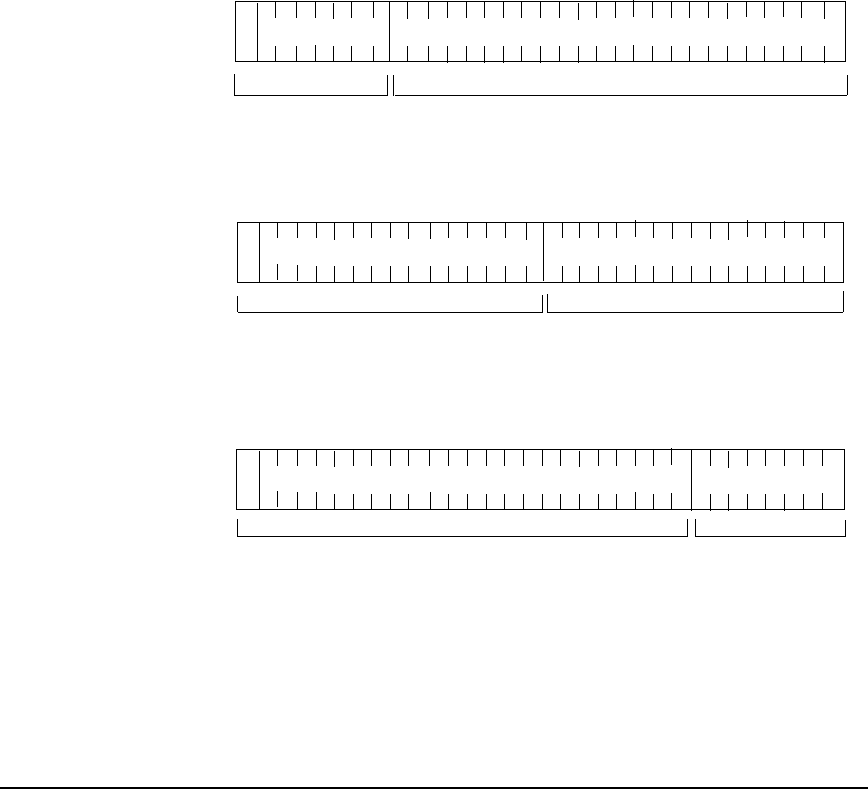HP-UX LAN Administrator's Guide (Feburary 2007)
Table Of Contents
- About This Document
- 1 New for the HP-UX 11i v3 Release
- 2 Installing HP-UX LAN
- 3 Configuring HP-UX LAN Using SAM
- 4 Manually Installing and Configuring HP-UX LAN
- 5 Troubleshooting HP-UX LAN
- Troubleshooting Overview
- Troubleshooting Q & A
- LAN Interface Card Statistics
- 100Base-T Checklist
- Diagnostic Flowcharts
- Flowchart 1: Configuration Test
- Flowchart 2: Configuration Test continued
- Flowchart 3: Configuration Test continued
- Flowchart 4: Network Level Loopback Test
- Flowchart 5: Network Level Loopback Test continued
- Flowchart 6: Transport Level Loopback Test (using Internet Services)
- Flowchart 7: Link Level Loopback Test
- Flowchart 8: LAN Connections Test
- Flowchart 9: Gateway Remote Loopback Test
- Flowchart 10: Gateway Remote Loopback Test continued
- Flowchart 11: Subnet Test
- 6 LAN Resources
- 7 Network Addressing
- Overview of Network Addressing Schemes
- Networking Terminology
- Network Addresses and Node Names
- Internet Addresses
- Subnet Addresses
- Configuring Gateways on Fixed-Length Subnets
- Variable-Length Subnet Addressing
- Configuring Gateways on Variable-Length Subnets
- Configuring Gateways on Supernets
- IP Multicast Addresses
- Virtual IP (VIP) Addresses
- CIDR - Classless Inter-Domain Routing
- 8 LAN Device and Interface Terminology

DRAFT COPY Network Addressing
Internet Addresses
Chapter 7 101
Internet Address Formats
There are four internet address classes, each accommodating a different number of network
and host addresses. The address classes are defined by the most significant bits of the binary
form of the address as shown in Figure 7-1. This section discusses three of the classes (Class
A, Class B, Class C). The fourth class (Class D) is discussed in the section “IP Multicast
Addresses.”
Figure 7-1 Internet Address Classes
The address classes can also be broken down by address ranges. Internet addresses are
typically represented by converting the bits to decimal values an octet (8 bits) at a time, and
separating each octet's decimal value by a period ( . ). Therefore, internet addresses are
typically of the following form:
n.n.n.n
31 23 0
31 30 0
31 29 07
15
0
10
110
Class A
Network Address Host Address
Class B
Class C
Network Address Host Address
Network Address Host Address










